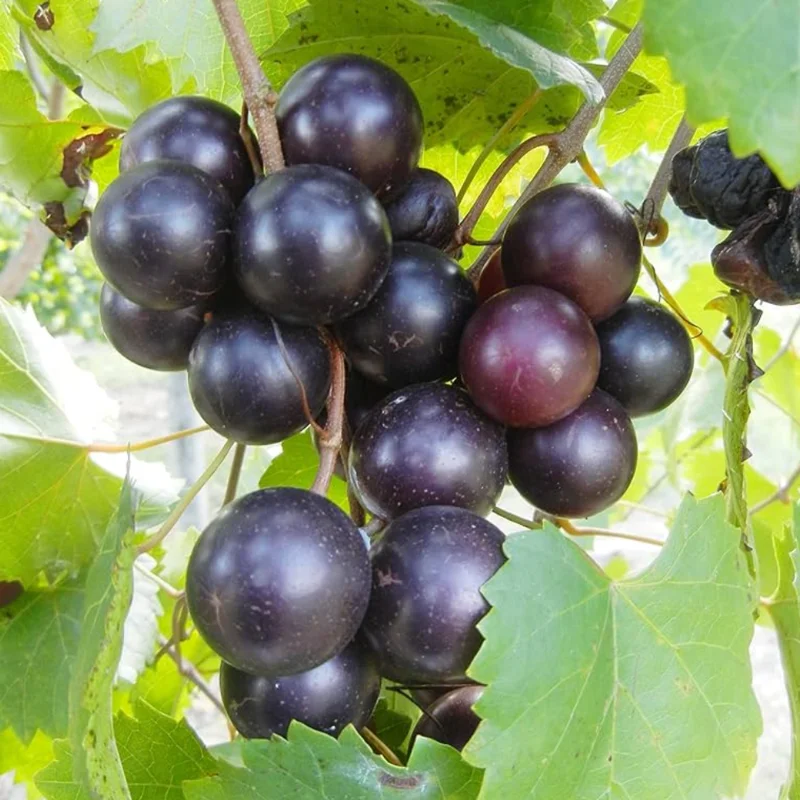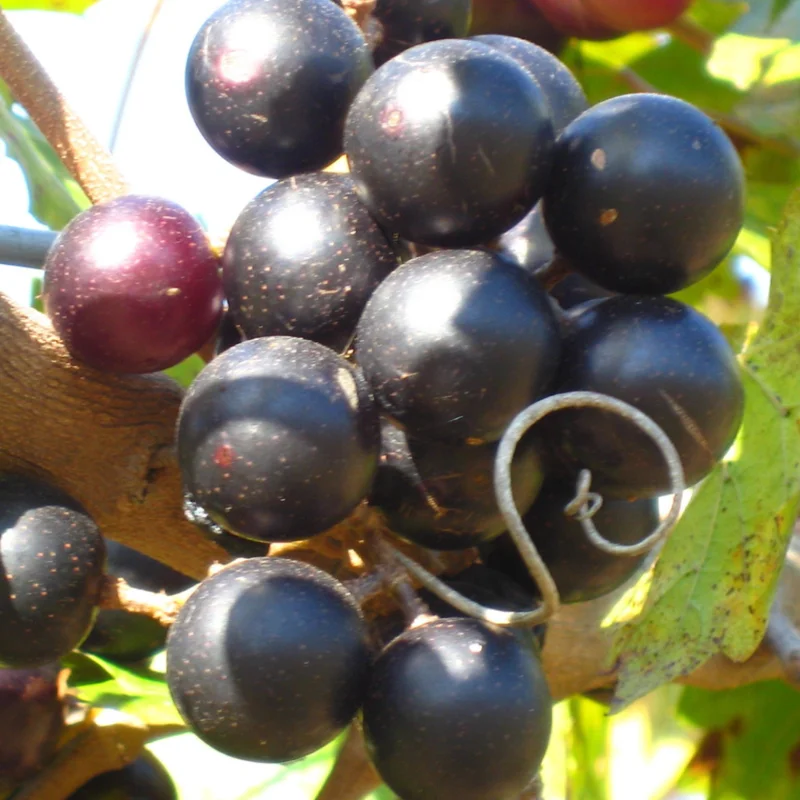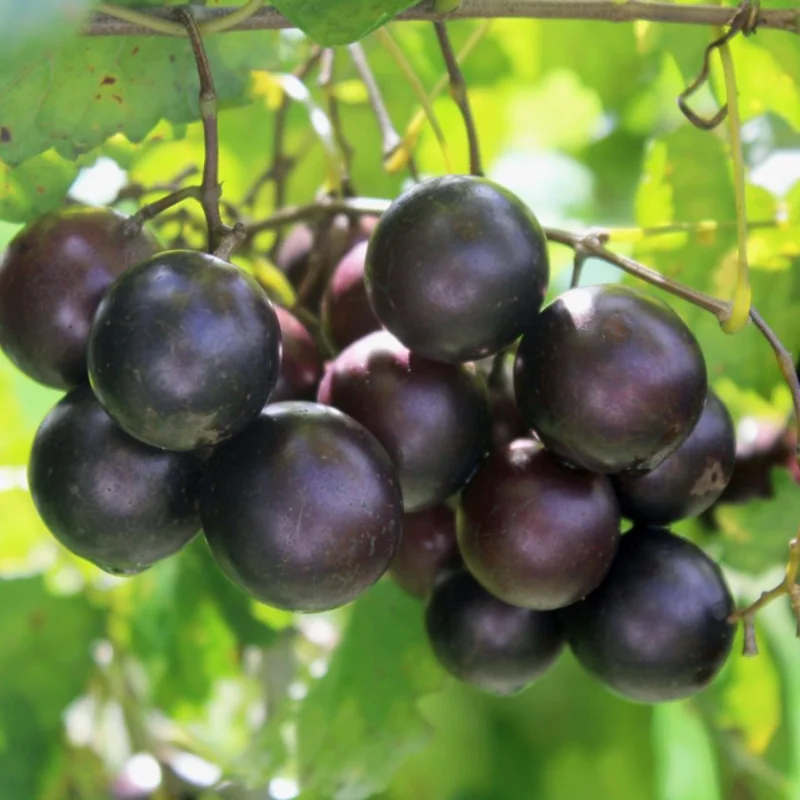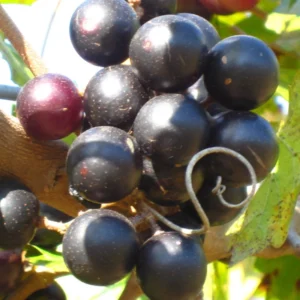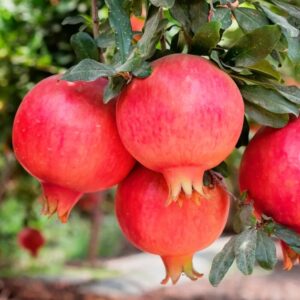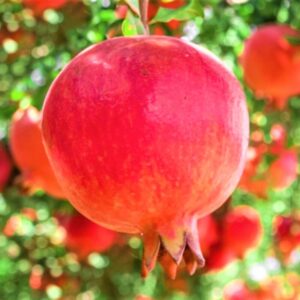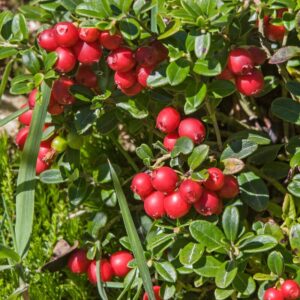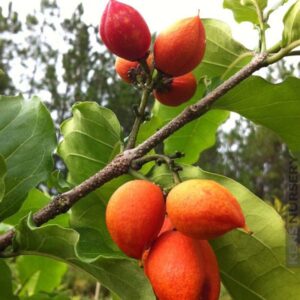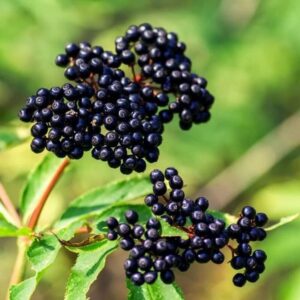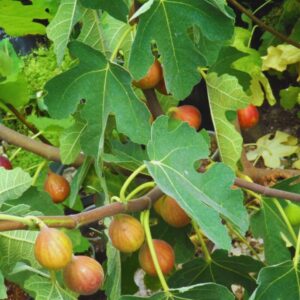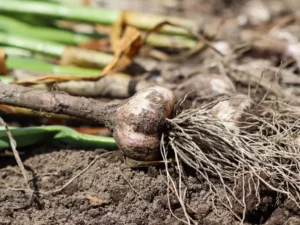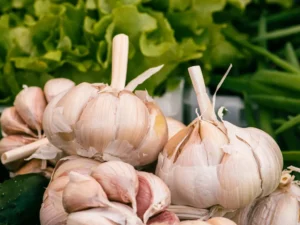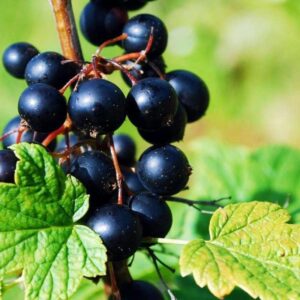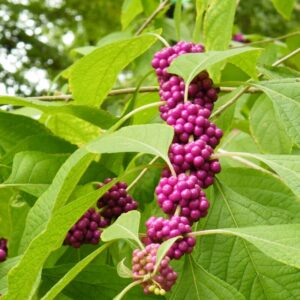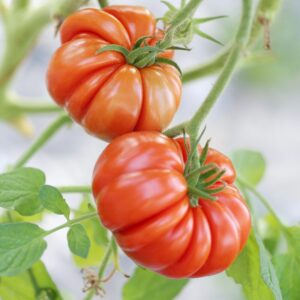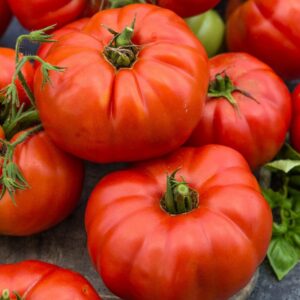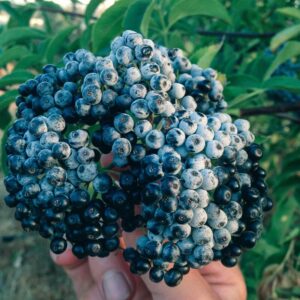2 Muscadine Grape Vine, Grape Plants Live, Hardy Grape Fruit Trees, in 4 Inch Pot for Fruit Growing, Landscaping, and Outdoor Spaces
2 Muscadine Grape Vine, Grape Plants Live, Hardy Grape Fruit Trees, in 4 Inch Pot for Fruit Growing, Landscaping, and Outdoor Spaces
Muscadine Grape Vine in a 4-inch pot is a hardy choice for fruit growing and landscaping. Enjoy sweet, juicy grapes for fresh eating and jams.
$42.99

With our Alive & Thrive Guarantee, we’ve got your back for the first 30 days! If you have any concerns about your plants, just reach out to us. Our team is here to help answer your questions and guide you in selecting the best plants for your garden, climate, and unique preferences. We're excited to help you create the garden of your dreams!
-
USDA Hardiness Zone
7 to 10 -
Soil type
Sandy or loamy soils -
Sunlight Exposure
Full sun (6-8 hours daily) -
Expected Planting Period
Spring or fall
Discover the Muscadine Grape Vine
The Muscadine Grape Vine transforms your garden into a fruitful paradise. This hardy vine thrives in USDA Zones 7 to 10, making it ideal for diverse climates. The live grape plant comes in a convenient 4-inch pot, ready to be planted in your garden, on a trellis, or along a fence.
Benefits of Growing Muscadine Grapes
Enjoy medium to large-sized grapes that are perfect for fresh eating, winemaking, and preserves. With its lush greenery, this vine offers both beauty and productivity. Whether you’re a seasoned gardener or a beginner, these easy-to-grow plants enhance your outdoor spaces.
Resilience and Care
Muscadine Grape Vines are known for their disease resistance and ability to thrive in challenging environments. They grow well in sandy or loamy soils and are self-pollinating, ensuring a bountiful harvest. Planting multiple vines can boost fruit production.
Low Maintenance Requirements
These vines require minimal care, making them a great choice for anyone interested in growing fresh grapes. With annual pruning and moderate watering, you can enjoy a charming backyard vineyard with ease.
Frequently Asked Questions
- Q1: What is the best environment for growing Muscadine Grape Vines?
A1: They thrive in full sun (6-8 hours daily) and well-drained soil with a slightly acidic to neutral pH. - Q2: Can they grow in containers?
A2: Yes, but they need space to spread; a 4-inch pot is ideal for starting. - Q3: Are Muscadine Grape Vines self-pollinating?
A3: Yes, they can produce fruit alone, but planting more enhances yield. - Q4: How much water do they need?
A4: Moderate watering is preferred; keep soil moist but not soggy. - Q5: When is the best time to harvest?
A5: Typically in late summer to early fall when grapes turn deep color.




